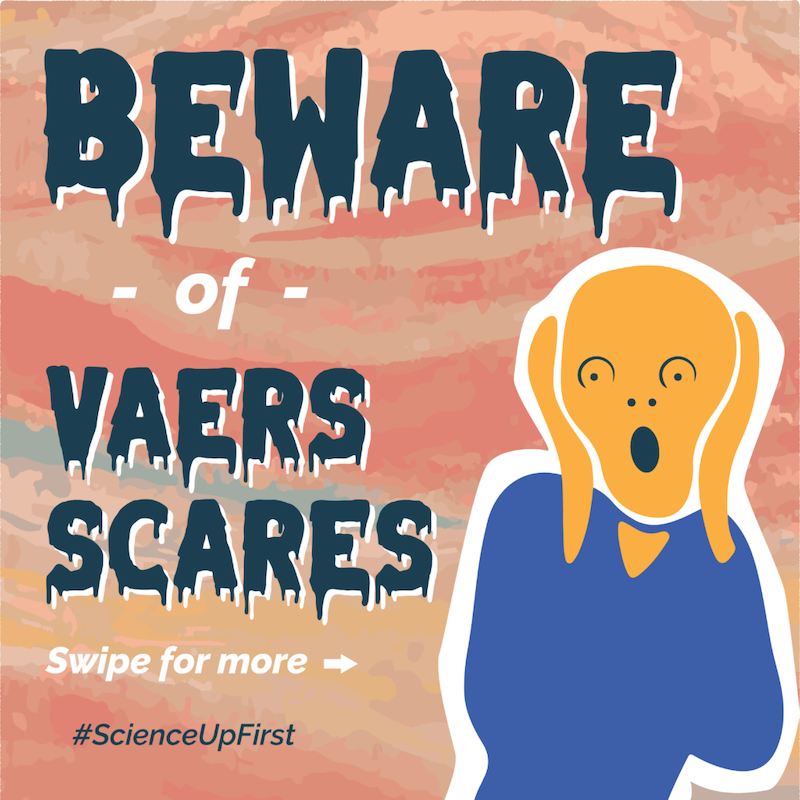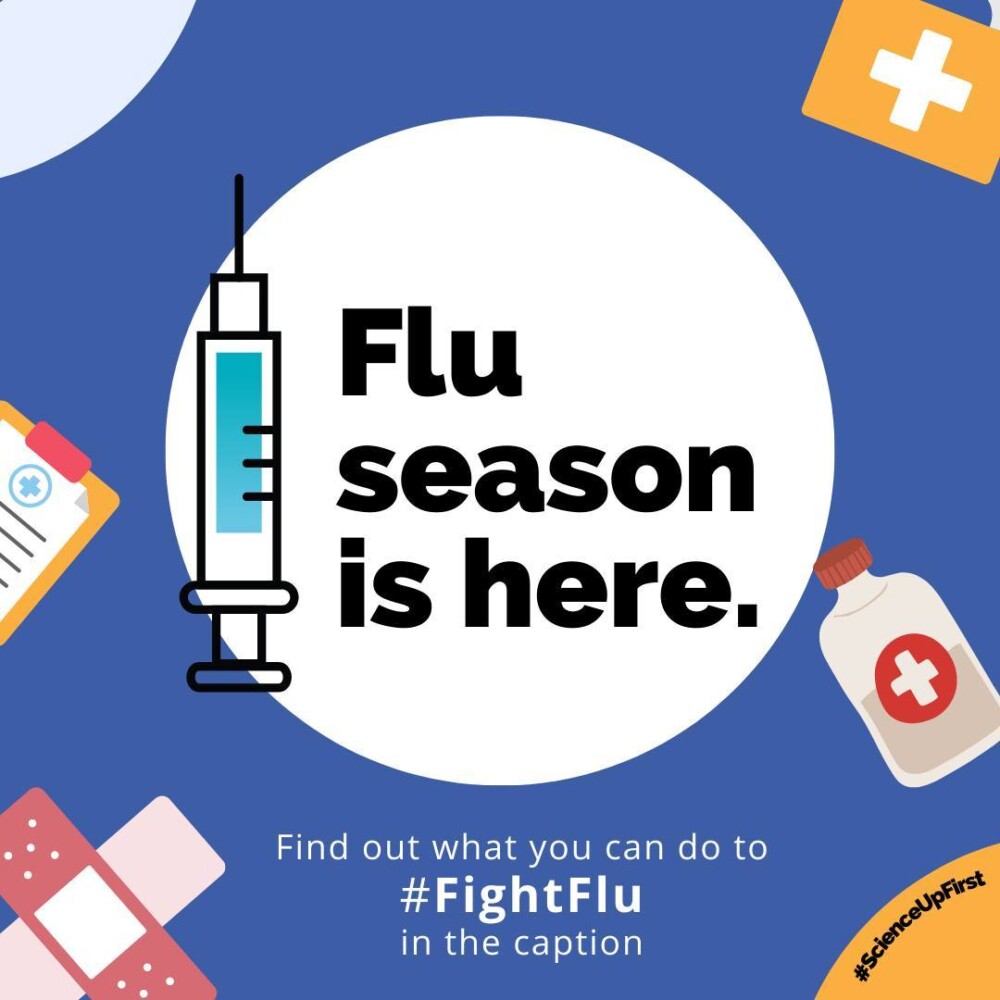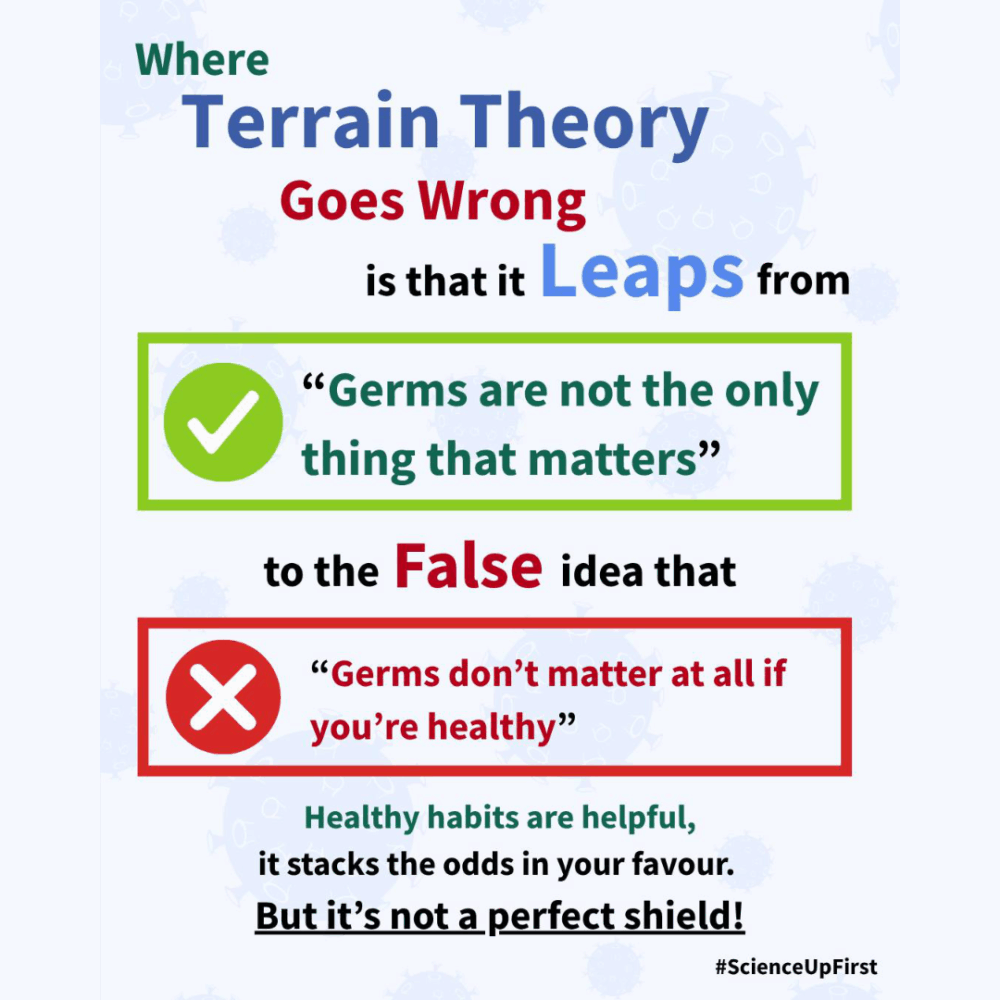Have you heard of VAERS (Vaccine Adverse Event Reporting System)?
VAERS is an American reporting system to keep track of side effects (aka “adverse vaccine reactions”) (1). In Canada, we have a similar system called CAEFISS (the Canadian Adverse Events Following Immunization Surveillance System) (2).
These types of systems are important for vaccine safety. They help detect rare reactions early (ex. rare cases of myocarditis linked to mRNA vaccines (3)). But you cannot draw conclusions from these reports on their own.
Here are things to consider when you see VAERS data:
Reports may include incomplete or inaccurate data. They are unverified (1). You can find reports of third arms and divorces chalked up as vaccine side effects.
Know the denominator. If 15 people had an allergic reaction to a vaccine, it’s important to ask out of how many people. 15 out 15 is very different from 15 out of a million (4).
Correlation is not causation. If you received a vaccine on Monday and get struck by lightning on Tuesday, that’s a coincidence. Two events correlating does not mean one causes the other.
Consider the control group. Compare how common the adverse event is in the vaccinated population and in the unvaccinated population. For example, an ear surgeon received anecdotal evidence that the COVID-19 vaccine causes hearing loss. Their analysis of VAERS data found hearing loss was no more frequent among vaccine recipients than in the general population (5).
Misinformers have been using VAERS data as a scare tactic, but now you know to pause and consider the whole picture.




